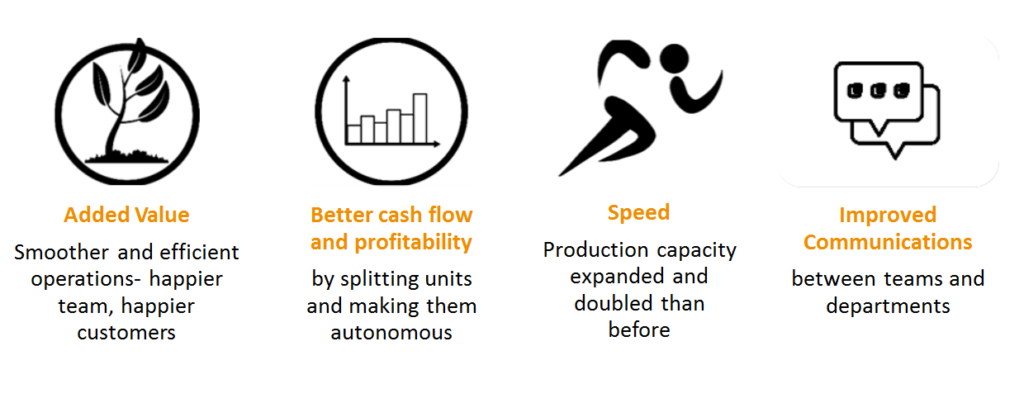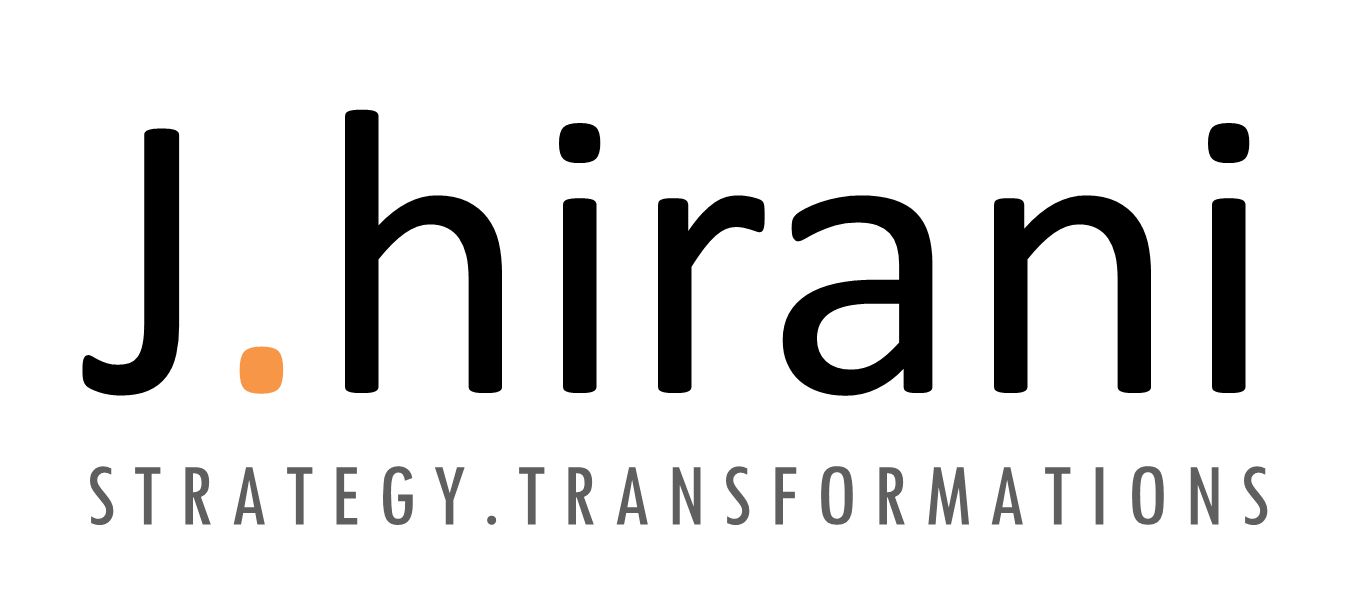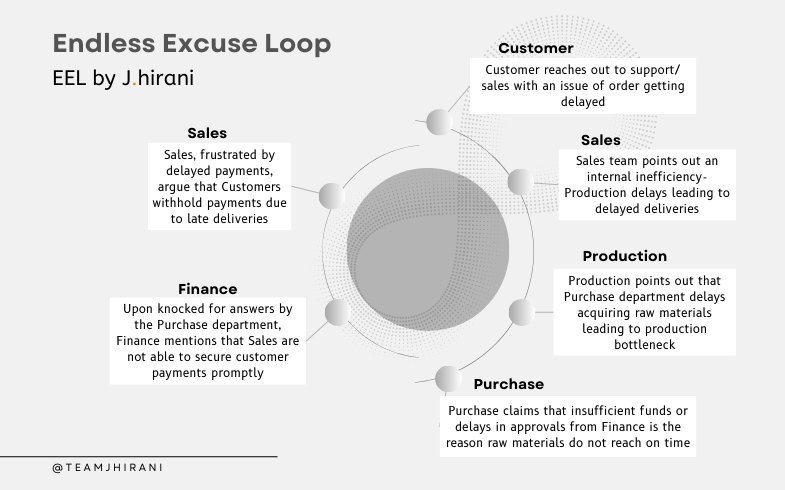Explore this casestudy to learn how EPP Composites turned around their sales and productivity to realise enhanced employee and customer satisfaction together with improving its core business through restructuring organization and adopting J.hirani’s Agile Transformation program.
Results in a Nut Shell

What led to the Decision
After analyzing the company, it became clear that autonomy and team morale needed immediate attention. Numerous changes over time had caused operations to become more rigid and slow, ultimately leading to customer dissatisfaction. There was a need to haul the structures and work on the basis of functional strengths which would enhance flexibility of both corporate and SBUs while enabling them add highest value out of their actions.
Key Solutions
- New organization structure
- Identification of key and support functions required in each unit
- Splitting teams where necessary and employing managerial staff
- Revisiting and revising the value chain to ensure right processes and enhanced communication channels
- Redefining role of Corporate as a Governance Authority. Drafting new governance guidelines for Corporate functions
- Guidelines on how individual scrum will function
- Drafting advantages of autonomy and how to use it
- Mentoring programs on how to function and drive team
How we Achieved it
- Agile transformation- Implementing Scrum and introducing Startup theory
- Separation of manufacturing facilities (generation of SBUs) based on market and customer segment for the products
- Moving shared business functions like Procurement, Finance, HR etc. from Corporate Office to Individual Business Units, giving them autonomy
- Enhancing value chain through operations transformation
Facts About EPP
Composites manufacturing, a global multi product and multi divisional group
- Established in 1986
- Employees: 2000+
- Corporate: Rajkot, Gujarat
- EPP composites was established in 1986 as a small company focused on a narrow customer and product segment with a 50 people team.
- In a short span, the company was able to expand its facilities and cater to a wide range of markets and customers with the help of 2000 people.
- This fast paced growth of the company was facilitated by growing market demand and opportunities which it was able to tap into with its team and their experience in catering through production and sales; becoming India’s largest composites manufacturer.
SITUATION AT HAND
Swift growth, the need for solid foundation
In 1986, EPP was just foraying with a team of 50. Limited market and customers but the ability to scale up and do it fast. The enormous expansion to different markets, addition of production capacities to match growing demands, leading to building a large ship of close to 2000 people working day in and day out matching orders with production and dispatch.
The journey to uninterrupted value chain
Sales, production and procurement were completely separate functions delivering results to goals that were not connected. While the sales team were shared for all markets, procurement was common and production was based in different sites. With physical isolation, they were also isolated in their functional role. No prediction from the sales team made its way to production and no planning from production made to procurement. The culture was need driven which helped them deliver straight to the goals. However, in order to add higher value, there was a need to link them together and open communication lines through the value chain.
Apart from internal complexities, customer voice was heard and it was realised that they expected more and better service in terms of timely deliveries and transparency of information.
Focus on speedy growth, gaps in structure
The speedy growth of the company led to multiplying positions at executive level for the functional roles. This was because the company added people to share work load to support sales and production expansion. It led to a big span of control under the managers. There was top management, the corporate office and the production units.
STEPS AHEAD
The need to break roles of corporate, new code
Functions like procurement, finance, accounting, HR, logistics etc. were part of the corporate office. Corporate acted as a purchaser of raw materials for production units as well as governance authority for these individual plants. With broken chains of communication between plant and office, in events of delayed material supply, plants had to only wait until they received material. Requirements of funds and raw material were unheard of as corporate was unable to segregate individual plant requirements in terms of cash or material.
Corporate was governing plants through policies on accounting, people, operations, finance etc. While this was beneficial for the company, there were imbalances in managing common resources of cash and material; plants were going through a situation of internal conflict because of delays caused due to other plants.
Adding Agility, revising culture
A complete turnaround was obtained through Agile framework adapted and implemented by J.hirani. SBUs were generated based on target market segment and product application. The SBUs were given all resources to work independently. All SBUs worked were provided guidelines to work as a startup. The SBUs were now individual companies with all departments from production planning, procurement to sales and finance.
With corporate roles redefined as governing authority, it helped end the conflicts group had to go through. Corporate was also able to focus attention on more important jobs like thinking and improving growth aspects as well as mentor SBUs on directional strategies.
One step at a time
Whenever an organization tries to change too many things at once, it becomes fragile. Planning and implementation of Agile transformation was done one baby steps at a time. The changes were incorporated with many iterations of implement, check, resolve, check, freeze. Since it was a huge shift in culture of EPP and how this company had been working in past, it was evident that this transformation will meet resistance. J.hirani planned turnarounds through mentoring, guiding and resolution of working conflicts between teams and departments.
A lot of time and effort was spent in implementation programs to ensure people know what they are working on, have meaningful work, and are able to perform and work cohesively. Teams were mentored on value chain, roles of departments and how to work in teams- giving a sense of how each area of work affects others.


